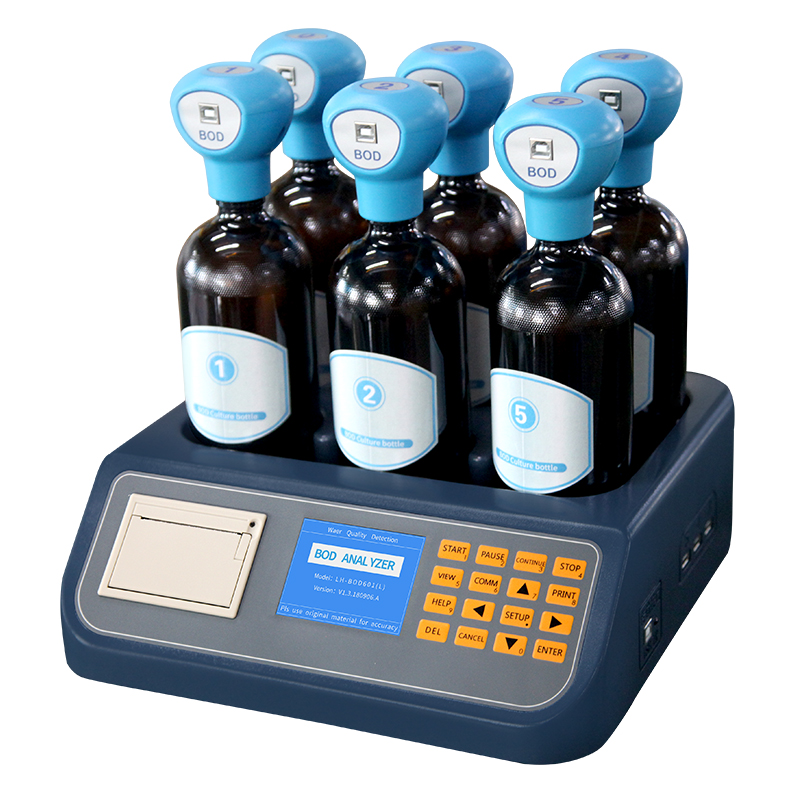
The sewage treatment process is divided into three stages:
Primary treatment: physical treatment, through mechanical treatment, such as grille, sedimentation or air flotation, to remove stones, sand and gravel, fat, grease, etc. contained in sewage.
Secondary treatment: biochemical treatment, pollutants in sewage are degraded and converted into sludge under the action of microorganisms.
Tertiary treatment: advanced treatment of sewage, which includes the removal of nutrients and disinfection of sewage by chlorination, ultraviolet radiation or ozone technology. Depending on the treatment goals and water quality, some sewage treatment processes do not include all of the above processes.
01 Primary treatment
The mechanical (first-level) treatment section includes structures such as grilles, grit chambers, primary sedimentation tanks, etc., to remove coarse particles and suspended solids. The principle of treatment is to achieve solid-liquid separation through physical methods and separate pollutants from sewage , which is a commonly used sewage treatment method.
Mechanical (primary) treatment is a necessary project for all sewage treatment processes (although some processes sometimes omit the primary sedimentation tank), and the typical removal rates of BOD5 and SS in the primary treatment of urban sewage are 25% and 50%, respectively.
In biological phosphorus and nitrogen removal sewage treatment plants, aerated grit chambers are generally not recommended to avoid the removal of rapidly degraded organic matter; when the water quality characteristics of raw sewage are not conducive to phosphorus and nitrogen removal, the setting of primary sedimentation and the setting The method needs to be carefully analyzed and considered according to the follow-up process of water quality characteristics, so as to ensure and improve the influent water quality of follow-up processes such as phosphorus removal and denitrification.
02 Secondary treatment
Sewage biochemical treatment belongs to secondary treatment, with the main purpose of removing unsinkable suspended solids and soluble biodegradable organic matter. Its process composition is various, which can be divided into activated sludge method, AB method, A/O method, A2/O Method, SBR method, oxidation ditch method, stabilization pond method, CASS method, land treatment method and other treatment methods. At present, most urban sewage treatment plants adopt the activated sludge method.
The principle of biological treatment is to complete the decomposition of organic matter and the synthesis of organisms through biological action, especially the action of microorganisms, and transform organic pollutants into harmless gas products (CO2), liquid products (water) and organic-rich products. Solid product (microbial group or biological sludge); excess biological sludge is separated from solid and liquid in the sedimentation tank and removed from the purified sewage. the
03 Tertiary treatment
The tertiary treatment is the advanced treatment of water, which is the wastewater treatment process after the secondary treatment, and is the highest treatment measure for sewage. At present, there are not many sewage treatment plants in our country put into practical application.
It denitrifies and dephosphorizes the water after the secondary treatment, removes the remaining pollutants in the water by activated carbon adsorption or reverse osmosis, and disinfects with ozone or chlorine to kill bacteria and viruses, and then sends the treated water into the Waterways are used as water sources for flushing toilets, spraying streets, watering green belts, industrial water, and fire prevention.
It can be seen that the role of the sewage treatment process is only through biodegradation transformation and solid-liquid separation, while purifying the sewage and enriching the pollutants into the sludge, including the primary sludge produced in the primary treatment section, The remaining activated sludge produced in the secondary treatment section and the chemical sludge produced in the tertiary treatment.
Because these sludges contain a large amount of organic matter and pathogens, and are easily corrupted and smelly, they are easy to cause secondary pollution, and the task of eliminating pollution has not yet been completed. Sludge must be properly disposed of through certain volume reduction, volume reduction, stabilization and harmless treatment. The success of sludge treatment and disposal has an important impact on the sewage plant and must be taken seriously.
If the sludge is not treated, the sludge will have to be discharged with the treated effluent, and the purification effect of the sewage plant will be offset. Therefore, in the actual application process, the sludge treatment in the sewage treatment process is also quite critical.
04 Deodorization process
Among them, physical methods mainly include dilution method, adsorption method, etc.; chemical methods include absorption method, combustion method, etc.; shower etc.
The relationship between water treatment and water quality testing
Generally, water quality testing equipment will be used in the process of wastewater treatment, so that we can know the specific situation of water quality and see if it meets the standard!
Water quality testing is a must in water treatment. As far as the current situation is concerned, more and more water is used in life and industry, and some wastewater in life and sewage in industrial production are also increasing. If the water is discharged directly without going out, it will not only pollute the environment, but also seriously damage the ecological environment system. Therefore, there must be awareness of sewage discharge and testing. Relevant departments have specified relevant discharge indicators for water treatment. Only after testing and confirming that the standards are met can they be discharged. The detection of sewage involves many indicators, such as pH, suspended solids, turbidity, chemical oxygen demand(COD), biochemical oxygen demand(BOD), total phosphorus, total nitrogen, etc. Only after water treatment can these indicators be below the discharge standard can we ensure the effect of water treatment, to achieve the purpose of environmental protection.
Post time: Jun-09-2023





